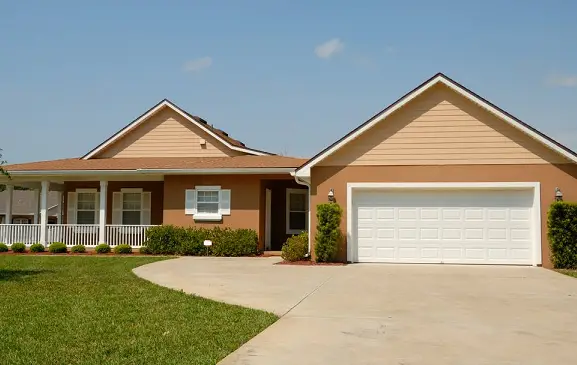After briefly falling below 5% last week, mortgage rates are back on the move upward.
A 30-year fixed-rate mortgage now comes with a rate of 5.22%, after briefly falling to 4.99% last week, according to data from Freddie Mac. That is 2% higher for the year, although it is still below the high of 5.81% registered in June.
Sidelined buyers, contending with already high prices, will find the increasing rates discouraging. Meanwhile, evidence is growing home-owners are opting to wait to sell due to the declining market, putting more stress on an already tight market and preventing a collapse in prices.
Freddie Mac Chief Economist Sam Khater said in a statement, “The 30-year fixed-rate went back up to well over 5% this week, a reminder that recent volatility remains persistent. Declines in purchase demand continue to diminish while supply remains fairly tight across most markets. The consequence is that house prices likely will continue to rise, but at a slower pace for the rest of the summer.”
The drop below 5% last week apparently did little to encourage buyers. According to a Fannie Mae survey, homebuyer sentiment hit its lowest point for a decade in July, with only 17% of respondents saying now was the time to buy a home. That was down from 20% a month prior, in a sign of how the increasing borrowing costs have been cooling the market.
According to data from the Mortgage Bankers Association survey, purchase application volume also decreased 1% from a week prior, and was down 19% form a year ago. As affordability pressures have weighed on buyers, it has caused a decline in purchase application volume for five of the last six weeks.
Jeffrey Ruben, president of WSFS Mortgage, said in an interview, “Higher interest rates are impacting home affordability and represent a real drag on those first-time homebuyers. But they have not yet choked off the man to the point where you don’t see people buying. It just means being a little bit more cautious and measured on what you can afford and what you can buy.”
Credit availability for a mortgage has also been falling, hitting its lowest levels since May of 2013 last month. That was down a full 9% from the pervious month according to the MBA, meaning even as demand drops, fewer of those who want to purchase qualify fr financing.
Joel Kan, MBA’s associate vice president of economic and industry forecasting, said, “Lenders have responded accordingly to the decrease in demand for refinance and purchase loans by reducing loan offerings, including ARMs, cash-out refinances, and investment properties.”
The cooling market is beginning to offer some relief in pricing. In July, 19.1% of homes had a price reduction, compared with only 14.9% in June. That is approaching the norms for 2017-2019, The media home price fell as well, from $450,000 in June to to $449,000.
The average purchase price among homes being financed was down 2.2% in July (roughly $10,000), and is now dropped more than 6.6%, ($31,000) since March, according to Black Knight.
According to Fannie Mae’s confidence index, the percentage of homeowners who think it is a good time to sell dropped to 67% in July. It had measured 76% in May.
Daryl Fairweather, chief economist at Redfin said in an interview, “Mortgage rates are really the driving force behind why sellers are having to drop that price. Buyers oftentimes just can’t keep up with that kind of money and they end up dropping out of the housing market or getting a lot more frugal. That means sellers have to meet buyers where they’re at.”

